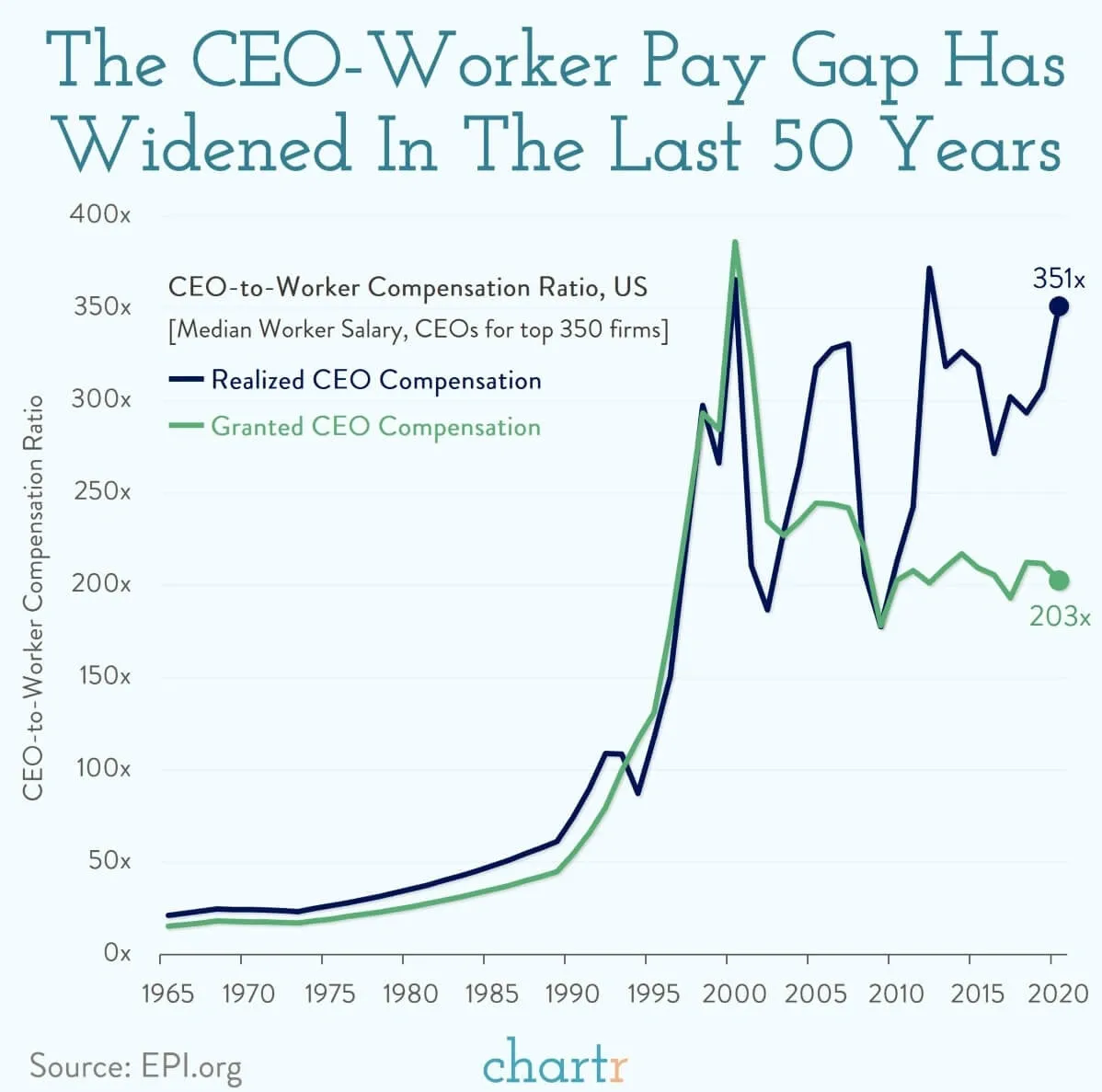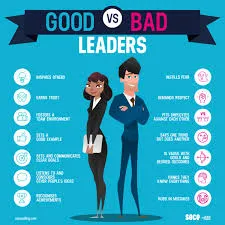
Unlocking Success by Aligning Leadership with Company Values
Company values are the foundational beliefs and principles that shape how a business functions, both in its internal culture with employees and in its external relationships with customers, partners, and the wider community. They act as a moral and ethical compass, guiding decisions, behaviors, and interactions at every level of the organization. More than just words, these values represent what the company truly stands for, reflecting its purpose and goals beyond financial success. When leadership aligns with these core values, they become more than just guiding principles—they transform into actionable behaviors that influence the entire organization. Leaders who embody the company’s values set the tone for how decisions are made, how teams collaborate, and how challenges are approached. By consistently demonstrating these values, leaders not only build trust and credibility but also inspire their teams to follow suit. Leveraging these values allows leaders to create a culture of accountability, foster stronger relationships, and drive the organization toward its broader mission with a sense of shared purpose.
What happens when leaders don’t live the values? What happens to the culture, trust, and how does that impact employees, customers, and the community they serve?
Too often, this is the reality most are experiencing in corporations, where profits over people are becoming increasingly present in our society. Look no further than executive compensation versus worker pay:
1965: The CEO-to-worker compensation ratio was 21-to-1.

2023 median pay: The median pay for CEOs was over $29 million, while the median annual wage for American workers was around $65,470.
CEO pay growth: CEO pay has increased by 1,085% from 1978 to 2023, while a typical worker's annual compensation grew by 24%.
I am not here to say that executives don’t deserve higher compensation, nor is this a discussion about pay scales—although that’s a very important topic. This is about the ratio of pay to accountability. Part of that compensation comes from workers looking to one or a few people to ensure that the company is successful, so they can continue to be employed and compensated. Yet, when executives make mistakes and lose millions, it’s often the workers who suffer a far more impactful fate than the executives.
What happens when leadership doesn’t walk the talk? Unfortunately, misalignment between leadership behavior and company values happens more often than you'd think. This disconnect creates confusion, mistrust, and disengagement, both within the company and in its external relationships. So, let’s dive into why this misalignment is such a big deal and how you can fix it to build a stronger, more cohesive organization.
Why Misalignment Happens and How It Hurts
When Actions Don’t Match Words
Many companies proudly promote values like transparency and integrity, but it’s easy for these values to become just “corporate speak” if leaders don’t actually live them. Imagine a leader who preaches openness but constantly makes decisions behind closed doors. What message does that send to employees?
When leadership doesn’t practice what they preach, trust erodes quickly. Employees become disillusioned, and that initial enthusiasm they had for the company’s mission starts to fade. This creates a “do as I say, not as I do” culture, leading to disengagement and lower morale.Short-Term Thinking vs. Long-Term Values
Let’s face it, leaders are under a lot of pressure to hit their targets. Sometimes they may push for short-term wins, even if it means going against the company’s core values. For instance, cutting corners on quality to boost quarterly profits might seem smart in the moment—but at what cost?
A short-term, results-at-all-costs approach creates a culture where employees feel pressured to compromise their integrity. This damages morale and the company’s reputation with customers. Long term, this strategy backfires with higher turnover and a weakened brand.Inconsistent Leadership Across Teams
In larger organizations—or those growing fast—it’s common to see different departments interpreting company values differently. One team might thrive on collaboration, while another embraces cutthroat competition. This inconsistency creates confusion about what the company really stands for.
When departments operate in silos with their own “subcultures,” it becomes harder for employees to connect the dots between their work and the company’s overall mission. Communication breakdowns become frequent, and collaboration across teams feels forced rather than organic.Leadership Traits That Don’t Align with Values
Some leadership styles may conflict with your company’s stated values. For example, a leader who thrives on charisma and big speeches in a company that values teamwork and inclusivity. Or a results-driven leader who ignores work-life balance in a company that promotes employee well-being. These mixed messages frustrate employees. They may feel that their contributions are overlooked or that the company's values are merely for show. Over time, this frustration leads to disengagement and resentment.No Accountability for Leadership Actions
Without systems to hold leaders accountable for living the company’s values, it’s easy for those values to fall by the wayside. When leadership can act without consequences, it sends the message that values are flexible—or worse, optional.
A lack of accountability fosters a toxic environment where ethical lapses and poor decision-making can flourish. Employees lose faith in the company’s leadership, leading to low morale and high turnover.

How to Realign and Make It Right
The good news? You can realign leadership with company values, and it’s not as daunting as it might seem. With a few conscious steps, you can transform this misalignment into an opportunity for growth and positive change.
Lead by Example
This sounds simple, but it’s crucial. Leaders need to model the company’s values in everything they do, from big decisions to everyday interactions. When employees see leadership "walking the talk," they’re more likely to follow suit. When things go wrong, help your leaders communicate in an authentic way, not just with corporate jargon. Use words and language that connect with your employees.Make Decisions Based on Values, Not Just Numbers
When making tough calls, especially under pressure, align decisions with the company’s values. Sticking to your principles—even when it’s tempting to chase short-term gains—builds long-term trust with both employees and customers. Building trust helps build the numbers, as people will work harder and partner more closely, and when it comes to tough times, you can count on them to put in extra effort.Foster Consistency Across Departments
To avoid mixed messages, ensure that your company’s values are clearly understood and applied across all teams. This creates a unified culture where everyone is working toward the same goals. More cross-company collaboration is critical, especially in key areas like Sales and Marketing, Customer Success, Support, and Product. These relationships drive significant impacts for customers, business processes, and cost savings.Invest in Leadership Development
Coaching and training can help leaders understand how their personal traits might conflict with—or support—the company’s values. Providing leaders with the tools to reflect on their behavior can help them lead in a way that aligns with the company’s mission. Training should be engaging and tied to outcomes, like raises, bonuses, or increased responsibility. We shouldn’t always need to motivate people to learn, but we can find ways to encourage it.Create Accountability Systems
Make accountability part of your leadership culture. Regular performance reviews that evaluate not just financial outcomes but also values-based behavior can help keep leadership on track. Employees should feel comfortable providing feedback when leadership isn’t living up to the company’s standards. From the CEO to the interns, there should be accountability. The larger the role, the greater the accountability. If cost savings are needed, leaders should be the first to go—not the workers. If an army loses a war, is it because the soldiers didn’t fight, or because the generals didn’t provide the right strategies? When a ship sinks, was it the workers' fault, or the captain’s? We need to reevaluate accountability across the corporate landscape to ensure those responsible are held accountable.
The Payoff: A Stronger, More Unified Organization
Company values aren't just words on a wall or in a handbook—they're the heartbeat of your business. They define your culture, guide your decisions, and shape your relationships with employees, customers, and partners. When your leadership aligns with these values, it creates a powerful force that drives everything from team collaboration to customer loyalty.
Employees feel more engaged, teams collaborate more effectively, and customers experience a consistent, trustworthy brand. Over time, this alignment fosters a stronger, more resilient company culture capable of handling both day-to-day operations and long-term growth challenges. Aligning leadership with company values isn’t just good for business—it makes work more meaningful and life better for everyone involved.
